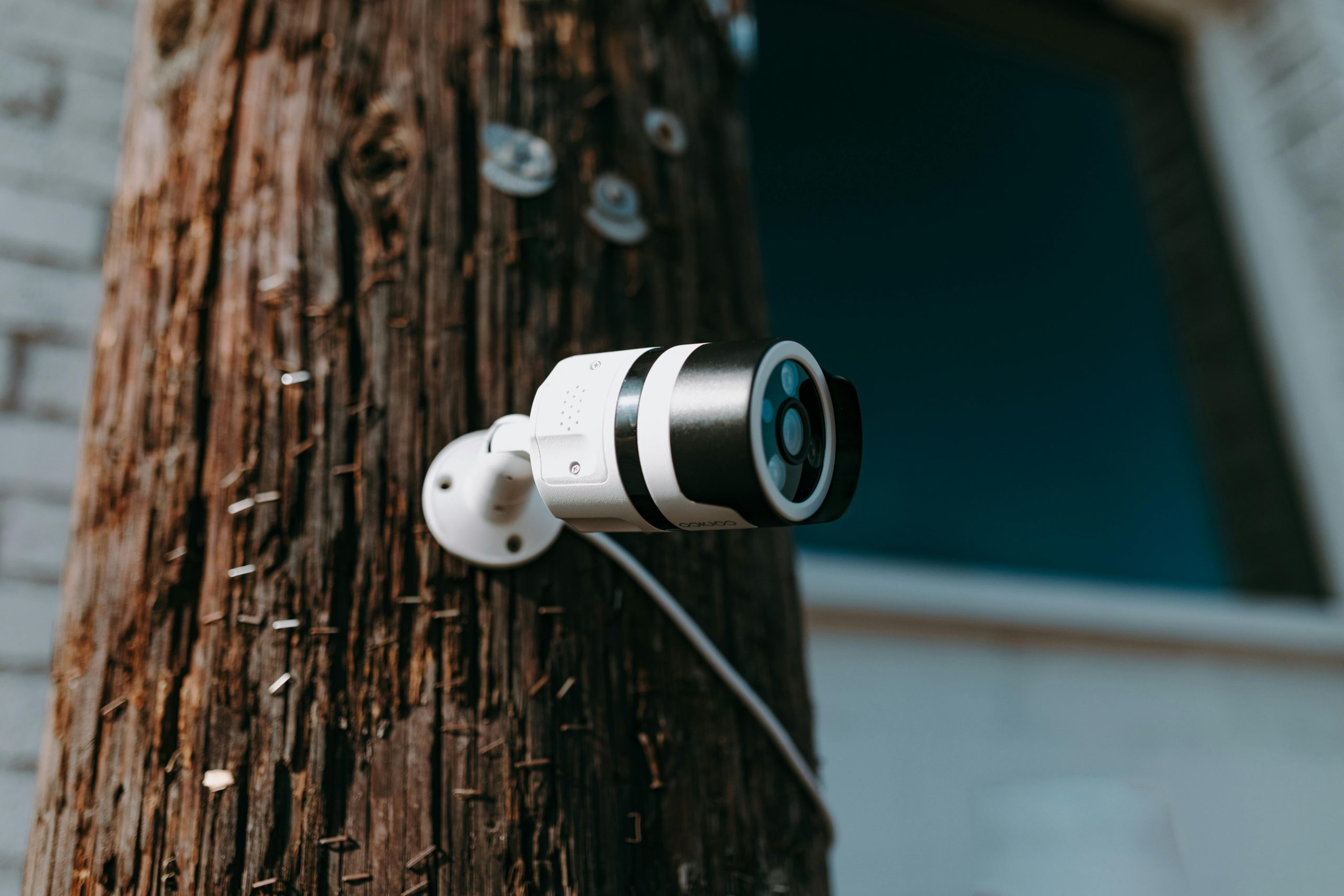Troubleshooting a Lenovo ThinkPad Laptop That Won’t Turn On: A Comprehensive Guide
Laptops have become indispensable tools in our daily lives, whether we’re using them for work, gaming, or keeping in touch with loved ones. However, when they fail to perform their basic function, powering on, it can be both frustrating and worrisome. In this detailed guide, we’ll explore potential solutions to revive your Lenovo ThinkPad laptop that stubbornly refuses to turn on, focusing on practical steps you can take to diagnose and resolve the issue.
Understanding the Issue
A user recently shared their frustration on Reddit about a Lenovo ThinkPad laptop that shut off unexpectedly during a gaming session. Although the initial fix of holding the power button worked in the past, this time the laptop isn’t responding, even after various attempts, including connecting it to a TV via HDMI and letting the battery completely die. The power button light is on, yet the screen remains black.
Step-by-Step Troubleshooting Guide
When your laptop fails to boot up normally, it’s important to take systematic steps to diagnose and possibly address the problem. Here are steps you can follow:
1. Check for External Display Functionality
One of the first attempts in this scenario was connecting the laptop to an external display using an HDMI cable. If the external monitor or TV only shows “No Signal,” it indicates that the laptop is not sending any video signal. This could be due to hardware or software issues.
Potential Solutions:
– Ensure that the HDMI cable and the TV or monitor are working properly by testing them with another device.
– Change the display mode by simultaneously pressing the Win + P keys and selecting the correct display option if the laptop responds to this input.
2. Investigate the Power Supply
Although the power button light is on, this does not necessarily mean the laptop is adequately powered. The problem could be related to the power adapter or battery.
Potential Solutions:
– Power Cycle the Laptop: Disconnect the power adapter and remove the battery if possible. Press and hold the power button for about 30 to 60 seconds. Reconnect the battery and power adapter, then attempt to turn on the laptop.
– Check the Power Adapter: Ensure the power adapter is functional by using a multimeter to test the output voltage or trying another adapter of the same specifications if available.
– Inspect the Battery: If you have a removable battery, try booting the laptop with only the power adapter connected; a faulty battery could prevent the laptop from powering on.
3. Assess Hardware Components
Internal hardware failures can also be the culprit behind a non-responsive laptop. This broadly includes the possibility of faulty RAM, a malfunctioning motherboard, or issues with other internal components.
Potential Solutions:
– RAM Reset: If possible, access the laptop’s RAM modules by removing the back cover. Take out the RAM sticks, gently clean the contact points, and reseat them securely in their slots. Attempt to turn on the laptop afterward.
– Listen for Hardware Cues: Pay attention to any beeping sounds from the laptop, as these can indicate hardware errors depending on the beep pattern.
– Look for Physical Damage: Check for any visible signs of damage or overheating within the laptop’s internal components.
4. Boot into Safe Mode
If your laptop isn’t completely dead and shows some signs of life (such as keyboard backlighting or startup noise), attempting to boot into Safe Mode can help determine if a software issue is causing the boot failure.
Potential Solutions:
– Interrupt Boot Process: Repeatedly press the F8 key (or Shift + F8 on some models) immediately after turning on the laptop, to access Advanced Boot Options and select Safe Mode.
– Remove Conflicting Software: In Safe Mode, you can disable or remove recently installed applications that might be causing boot failures.
5. Restore BIOS Settings
Corrupted BIOS settings can occasionally prevent laptops from turning on properly.
Potential Solutions:
– Reset BIOS Settings: Enter the BIOS setup by pressing the appropriate key during startup (usually F1, F2, DEL, or ESC for Lenovo) and choose to revert to default settings.
– Update the BIOS: Check the Lenovo support website for any available BIOS updates that may address power-on issues.
6. Seek Professional Help
If the laptop continues to show no signs of recovery after attempting these steps, it is wise to consult a professional technician.
Potential Solutions:
– Warranty Service: If your laptop is still under warranty, contact Lenovo support for guidance or seek service from an authorized repair center.
– Diagnose with Diagnostic Tools: Technicians often use specialized diagnostic tools that can more accurately identify hardware failures.
Preventive Maintenance Tips
Once your laptop is back to operational status, consider implementing some preventive measures to avoid future power-on issues:
- Keep the System Updated: Regularly update the OS, drivers, and firmware.
- Ensure Adequate Ventilation: Prevent overheating by using the laptop on hard surfaces and cleaning the fans and vents regularly.
- Use Reliable Power Sources: Avoid using the laptop during electrical storms or on unreliable power supplies without a surge protector.
- Backup Important Data: Regularly back up important files to an external drive or cloud storage.
Conclusion
A laptop refusing to power on can be disheartening, especially when it disrupts work or entertainment. However, by methodically troubleshooting the issue, from power supply checks to hardware inspections, you increase the chances of successfully resolving the problem. In the event these steps do not work, professional service offers a reasonable next step. Remember, adopting regular maintenance practices can prevent many common technical issues from arising in the future.
Share this content:



Hi there,
I’m sorry to hear about your difficulties with your Lenovo ThinkPad not powering on. Based on the detailed troubleshooting guide you’ve shared, here are additional steps and tips that might help you resolve the issue: